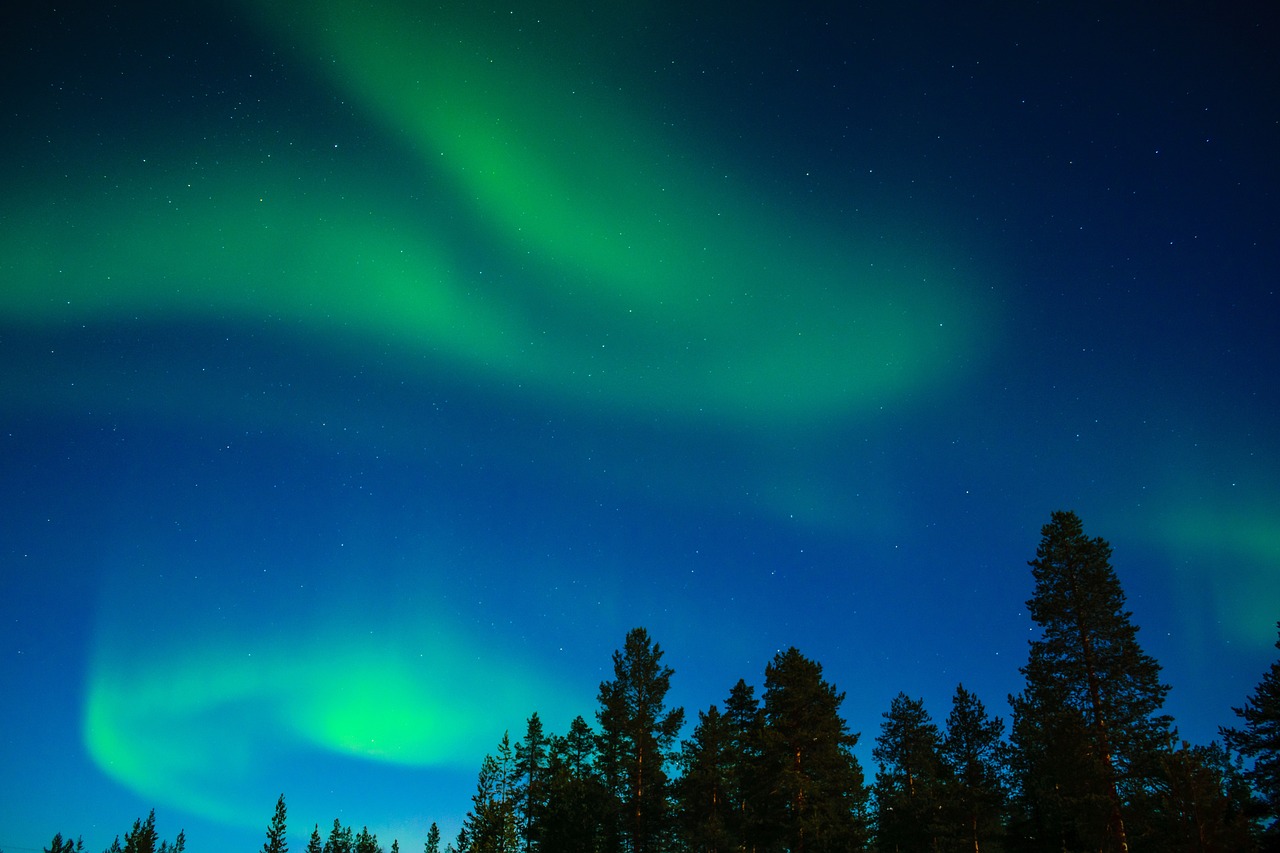In mid-May, the night sky in many places in Austria turned pink, purple or even green. This was due to auroras, which could also be marvelled at in our latitudes. The spectacle could now be repeated at the beginning of June. Because the sun’s rotation is almost complete, the conditions are good.
Not only the Earth rotates, the sun rotates too. It takes 27 days to do this. As a result, the region of the sun where the currently powerful solar storms—the triggers of the auroras—occur does not always face the earth. This means that auroras can only be seen here when solar storms radiate towards the world and can produce auroras as so-called geomagnetic storms. And, of course, the weather conditions have to be right here.
Good conditions on June 6
On Thursday, June 6, it could be worth looking at the – hopefully cloud-free. Then, after 27 days, the sun will have rotated so far that the sunspots, where the solar storms occur, will again point towards the Earth. And auroras are theoretically possible. The conditions are quite favorable: there is a new moon. If the sky is also starry, you should definitely take a look at the night sky.
Solar storms can cause a state of emergency. They pose no threat to the Earth but threaten a highly technological world. During a solar storm, high-energy particles and a massive plasma cloud race towards the planets and can cause massive disruption to the infrastructure on and around the Earth. This was painfully experienced two years ago by the private US space company SpaceX, which lost around 40 of its satellites due to a solar storm.
Solar storms are caused by eruptions on the star. According to the European Space Agency (ESA), high-energy particles and plasma in the order of billions of tons are hurled into space, which can travel towards the Earth, 150 million kilometers away, within a short time. The Earth is actually protected by its magnetic field and atmosphere, but such storms can still cause massive damage. Satellites can be destroyed, and power grids or communication and navigation systems can collapse.
According to researchers, it is possible that a very extreme solar storm could occur at any time and have far-reaching consequences, even if this is not very likely. To protect the power grids on Earth, a certain warning time is required – but this is not currently achievable: Solar particles are moving through the vastness of the solar system at breakneck speed. If the capacities of generators and transformers could be reduced, this could be enough to protect them from damage. However, a once-in-a-century event is very difficult to predict, they say.
This post has already been read 13002 times!



